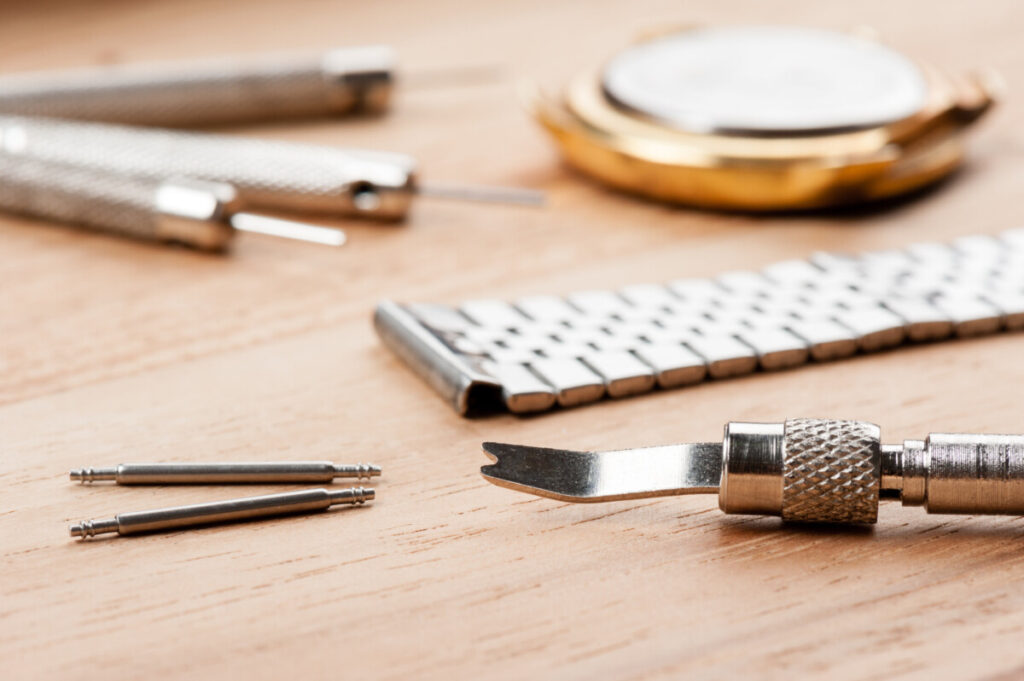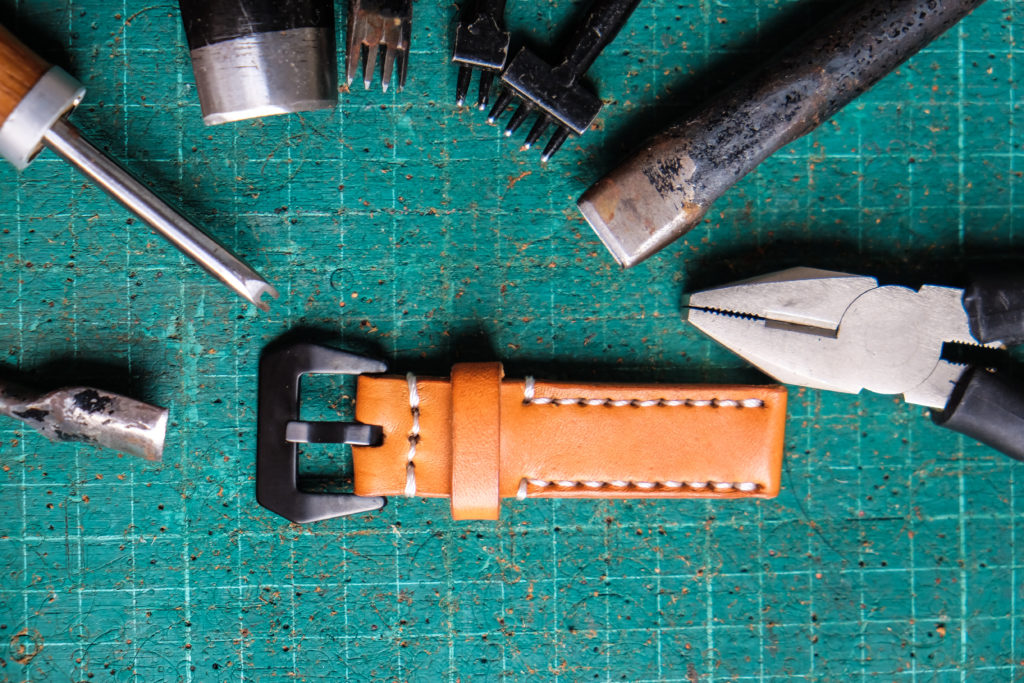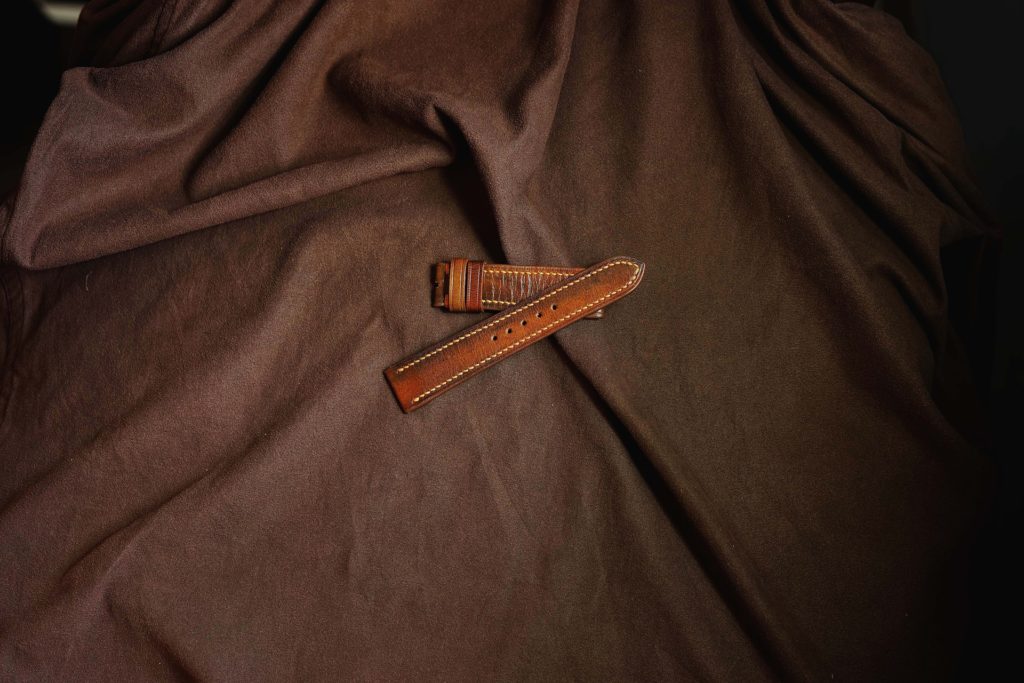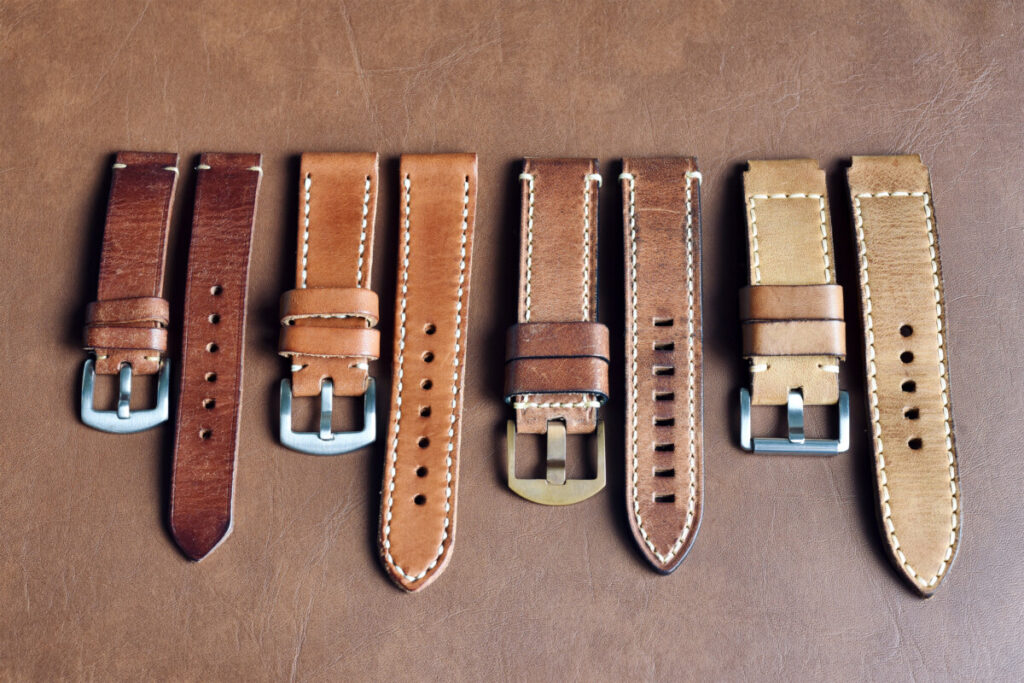Prefer to listen to us read this article? Check out our Youtube Video!
Whether you need to replace a broken band on your watch or if you simply want a wider selection of bands to go with your collection of watches, you need to know how to change a watch band. When looking for a new band, the first consideration that you need to make is the watch band’s size.
Watch bands do not fit all watches. Depending on the watch in question, the watch band may be too skinny or too wide to fit your watch. Though most watch bands are 20 millimeters wide, you should carefully measure before you buy a new band in order to ensure that you have one that fits.
A good watch won’t be very useful unless you have a way to attach it to your wrist! That’s why a good band is so important. Here’s everything that you need to know about watches and the bands you need to pair them with.
Watches and Bands
Ever since the first wristwatches came into use during the 16th and 17th centuries, wristwatches have been an undeniably useful accessory for anyone. Though they were originally popularized as a women’s trinket (while men used pocketwatches) the versatility and usefulness of wristwatches have spread until just about everyone has worn a watch at some point in their lives.
Though we all now have phones or computers that can tell us the time, wristwatches continue to retain their popularity. After all, a wristwatch offers immediate knowledge of the time without requiring anyone to take their phone from their pocket. Wristwatches also provide instant access to a stopwatch, if you ever need to start a timer right away. With the rising popularity of smartwatches (which can do a whole lot more than just track time) there are more and more people integrating a watch of some sort into their everyday dress.
Watch bands are an important piece of a watch. If your band is too tight or if it is too loose, it becomes a constant discomfort that distracts and can even cause problems with circulation. If your watch band doesn’t hold together well, your watch can even fall off while you exercise or be stolen on the street. Though most watch bands are made to be durable, they can break in unfortunate circumstances, like when you are playing a rough sport.
In order to keep your watch with you for years to come, it is important to be able to change and replace your watch’s bands. Because the bands are the most likely part of a watch to break (and because they are the least expensive), having spare watch bands means that you can always be ready to replace broken bands with new ones without having to buy an entirely new watch.

Connecting Watches and Bands
Watches rarely come with more than one set of bands, but thankfully watch bands are easy to swap out. Depending on what you are looking for in a watch, you can easily change your watch band to match your outfit or your other needs. Watch bands come in a wide variety of materials and styles, with some of the most popular materials being plastic, leather, metal, and cloth.
It takes just a few seconds to change the bands on your watch as long as you have the right tools and know what you are doing. In order to swap out watch bands, you first need several bands that all fit your watch. Each watch has a strap width, which is the distance between the two ‘lugs’ on the ends of the watch that the strap connects to. Before purchasing watch straps, measure out this distance in millimeters.
Most watch bands have strap widths that fall between 18 millimeters and 24 millimeters, with the 20-millimeter width being the most common. Once you have watch bands that are the correct width, you will need a tool to make the change. Watch bands are usually connected to a watch via a thin metal rod that extends through the watch band and between the two lugs on the watch. In order to remove this rod, you will need a tool called a spring rod remover.
A spring rod remover is a small metal tool that has a thin tapered end that can press down one end of the watch pin in order for it to pop out. The other end is forked, allowing for the removal of stubborn pins. You can find one of these tools pretty easily online or at a local store. They are often included in the sale of watch bands as well. With the thin end of the spring rod remover, simply push down on one end of the watch’s metal rod and remove the bands.
Set the old bands aside and prepare the new ones. If the new set of bands do not already have their own metal rod, swap the metal rod over from the old set. Then, put one end of the spring rod into the lug on the watch. Compress the other end until the rod slides into place with the new strap attached.

Strap Length
In addition to securing watch bands of the appropriate width, you should also be sure that your watch bands are the appropriate length. If your wrist is particularly slender or thick, you could have problems with a watch band that is too short or long. If your last watch already had a great strap length, you can simply measure the length of the previous strap.
Most wristwatch straps fall between 120 millimeters and 145 millimeters long on the side without the buckle. If your last strap was too long or too short for you to wear comfortably, increase or decrease the size of the new watch band according to your needs.
Watch bands are sold with the measurements of the long side and the buckle side shown next to one another, like this: 125/75. Be sure to pick the right length for you. If you do not have a watch band to measure, you can measure your wrist with a tape measure. Most wrists are between 150 millimeters and 220 millimeters around. If you find that your wrist is close to the shorter or the longer side of the spectrum, scale your watch band up or down so that your watch will sit comfortably on your wrist. As long as you take good care of your watch bands, you will be able to use them for years.






